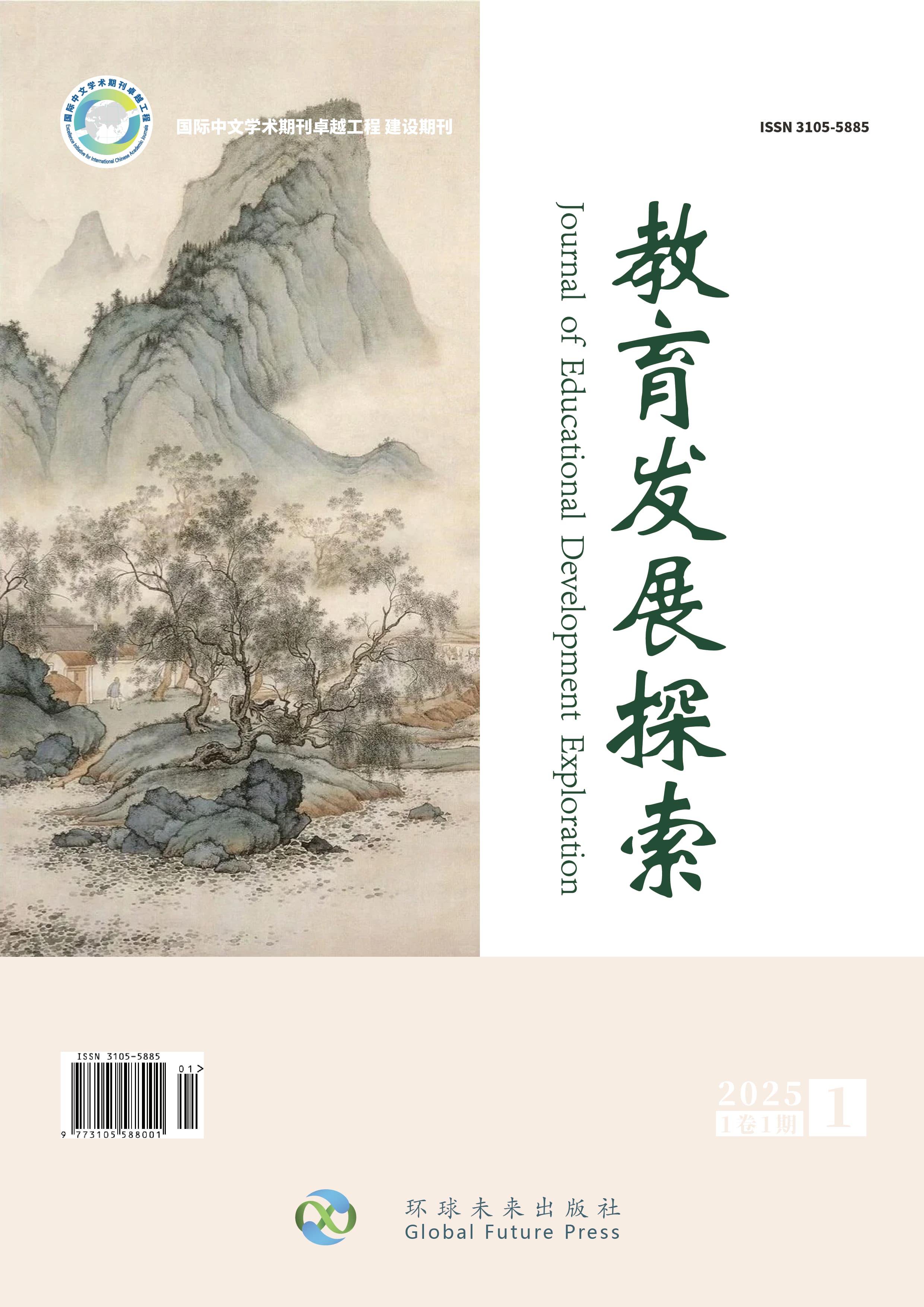The Millennial Trajectory of the “Number Eleven”: The Historical Constant of China’s Tax Burden Rate and a Study on Pedagogical Transformation
DOI:
https://doi.org/10.65196/4bn90570Keywords:
tax-burden constant, well-field system, Single-Whip Reform, value-added tax (VAT), interdisciplinary teaching, core competenciesAbstract
Using an “11% tax-burden rate” as the point of departure, this study systematically reviews rate data across three millennia of Chinese tax-system evolution—from the Western Zhou well-field system’s “jiu yi er zhu” (11.11%), through the Tang dynasty’s rent-corvée-tax regime (8%–15%) and the Ming dynasty’s Single-Whip Reform (12.5%), to modern composite tax rates in sectors such as construction and legal services (11.6%–11.7%). The analysis reveals a historical-constant phenomenon in which the burden rate fluctuates around 11%. Building on the dynamic balance between fiscal demand and the populace’s capacity to bear taxes, the paper proposes a constant-burden model and, further, designs an interdisciplinary translation pathway that integrates historical evidence with mathematical modeling, data analysis, and real-world problem solving. The resulting framework provides an actionable scheme for linking secondary-school history on institutional change with mathematics on percentage applications, thereby fostering students’ core competencies.


